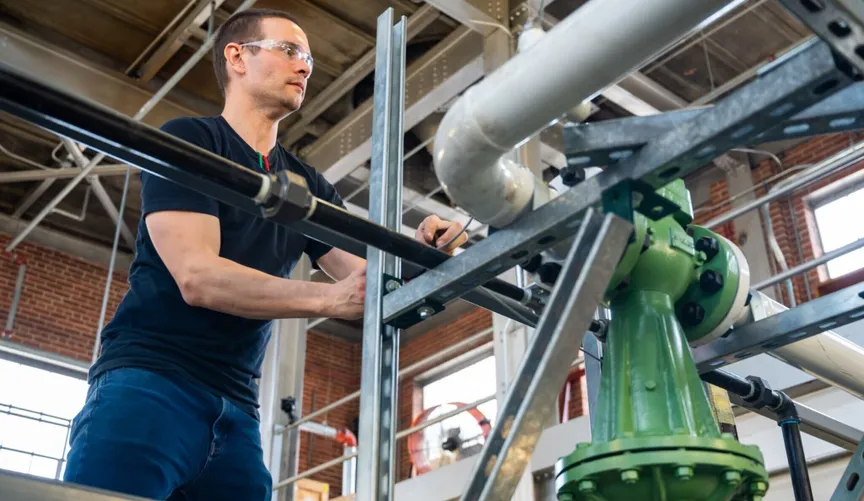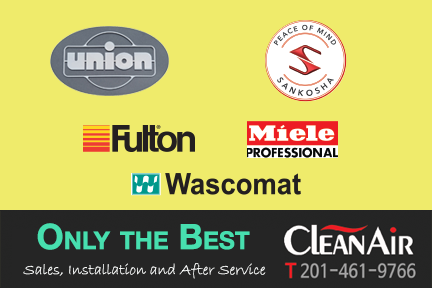The effort will slash emissions from more than 1 million boilers and water heaters over the next decade. Advocates hope other regions will follow suit.

[canarymedia.com – 2024.06.07] Swimming pools and dry cleaners use them. So do aircraft-engine factories, textile mills, and facilities that make packaged snacks and bottled drinks. Wherever there’s a need for large amounts of steam or heat, industrial boilers and water heaters are likely to be found.
Usually, this ubiquitous equipment is fueled by fossil gas — and spews high levels of harmful emissions.
In Southern California, a new rule is expected to change this, driving a major shift toward electric boilers and heaters that advocates hope will serve as a template for tackling the problem nationwide.
On Friday, regulators in the South Coast Air Quality Management District voted to approve a first-in-the-nation measure that aims to sharply reduce emissions of smog-forming nitrogen oxides (NOx) from more than 1 million large water heaters, small boilers, and process heaters in the area. The district includes large sections of Los Angeles, Orange, Riverside, and San Bernardino counties, and it encompasses the most ozone-polluted region in the country.
The rules are designed to ramp up over time. Starting in 2026, smaller units in new buildings must meet zero-emission limits. The last required to make the switch are existing facilities with high-temperature units, which have until 2033. The drawn-out timeline is meant, in part, to give manufacturers of electric heat pumps and thermal-storage solutions enough time to scale up their production to meet the new demand.
The measure, known as Amended Rule 1146.2, is the latest effort by the South Coast district to curb health-harming pollution from its large industrial base. Last year, regulators adopted another first-of-its-kind rule for large commercial bakeries and kitchens, which will push food manufacturers to electrify the ovens they use to bake bread, make chips, and roast nuts.
Boilers and water heaters covered by Southern California’s new rule account for about 9 percent of all NOx emissions from stationary sources in the region. When fully implemented by 2033, the measure is expected to reduce pollution by 5.6 tons of NOx per day — the equivalent of slashing half of all smog-forming emissions from cars in the region.
Critics of Amended Rule 1146.2 have raised concerns about the upfront costs of complying with the measures, especially for smaller and family-owned enterprises. In a letter to regulators, Yoon Dong Kim, president of the Korean Dry Cleaners and Laundry Association in Southern California, said he worried the “financial burden imposed by mandatory upgrades and retrofits could prove insurmountable for these small businesses,” which provide an important source of jobs and “social cohesion” in underrepresented communities.
Steam boilers typically used in a dry-cleaning store are categorized as high temperature units. For those units, zero emission requirement will apply on and after January 1, 2029 for an installation in a new building, and will apply on and after January 1, 2033 in an existing building when you need to replace an old unit
The South Coast district staff said they’ve engaged in discussions with dry-cleaning industry groups and are developing a rebate program to help lower the cost of installing new zero-emission units or upgrading electrical panels. Staff noted that, while electric heat pumps and other technologies may initially cost more to purchase than gas-burning units, the zero-emission units can ultimately save companies money over their lifetime, owing to their higher energy efficiency.
Read the original article on canarymedia.com

